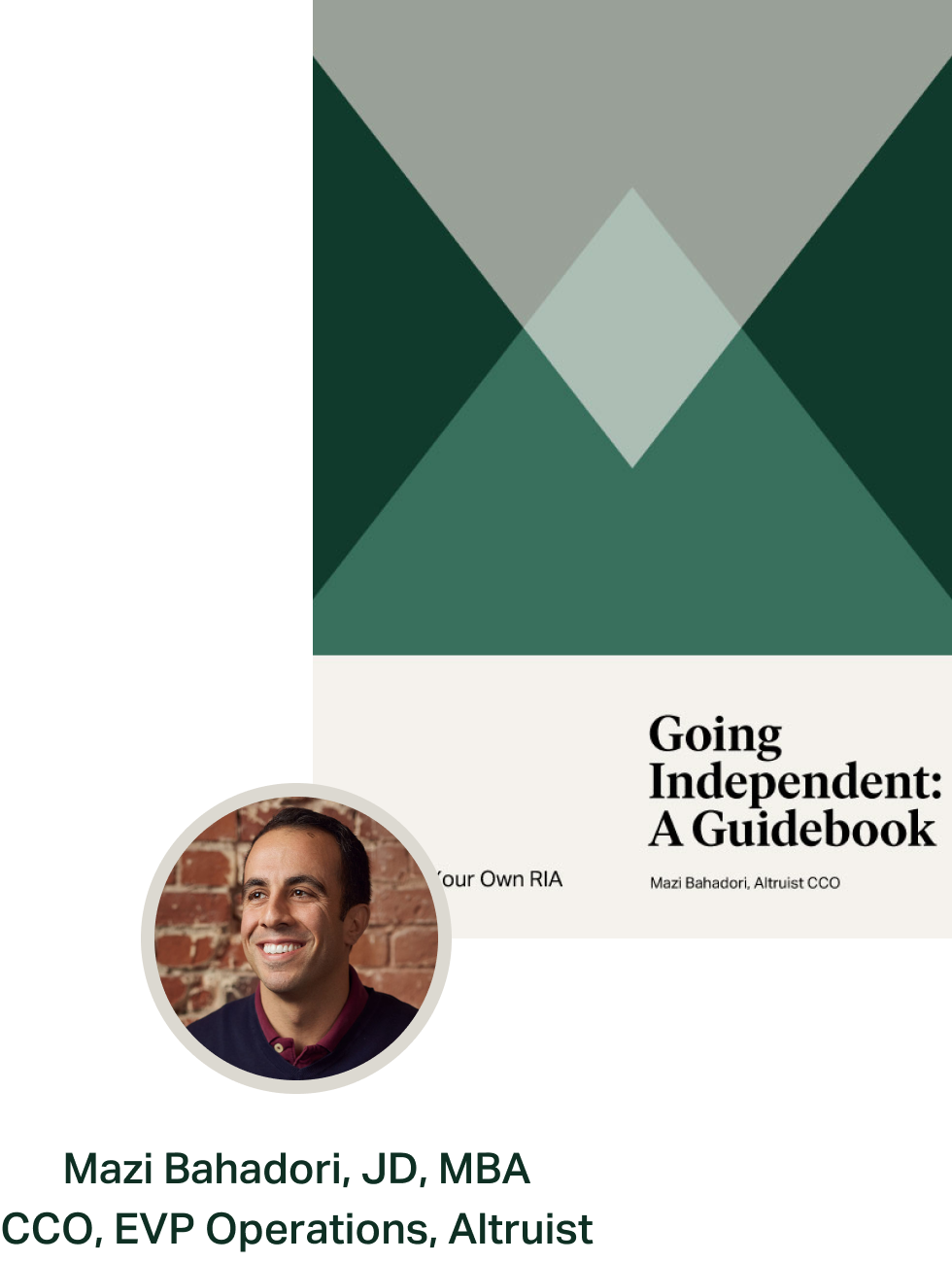Every new RIA must submit a Form ADV filing before getting started. Working with a compliance consultant to help navigate the registration process is recommended.
However, let’s look at 6 common mistakes financial advisors make on their Form ADV that you should avoid.
Year over year, one of the top deficiencies across RIA compliance categories is registration. More specifically, regulatory issues surrounding Form ADV filings. In fact, according to NASAA’s report on Investment Adviser Coordinated Exams, in 2019, nearly 50% of all regulatory exams of RIAs in the US noted at least one registration deficiency.
Reviewing the 1,078 examinations in the NASAA report, the most common pitfalls advisors stumble into on their ADV are:
- Inconsistencies between Part 1 and Part 2 (and now Part 3)
- Description of services provided
- Fee matching
- Business descriptions
- Conflicts of interest
- AUM
Let’s examine each one so we can focus on how to avoid common mistakes to steer clear of regulatory hot water.
1. Inconsistencies between Part 1, Part 2, & Part 3 of the ADV
Since mistakes in Parts 1, 2, and 3 of the ADV are among the easiest to make and quickest to spot by a regulator, let’s start here. This one may feel like a no-brainer, but it’s easy to miss the basics. Part 1 is a form that requires submission online, whereas Part 2 is a plain English brochure. RIAs are required to produce the same information in different formats and keep those updated over the life of your registration. This makes it easy to overlook making updates when circumstances change. Add the new Form CRS (i.e., Part 3), and there’s one more document to keep track of to ensure consistency across all disclosures.
Paying close attention to fees, services provided, description of your business, portfolio management techniques, and the risks to your investment strategy as you update each document will help reduce the likelihood of missing a revision.
2. Description of services provided
Pay attention to the words you use. The SEC strongly disfavors the use of the term “may” when describing what you do – and how you do it – for your clients. Use declarative statements to describe your services – and more importantly, do what you say. Many compliance consultants might be tempted to hedge these descriptions when helping you draft your Part 2 and Part 3 disclosures. This, unfortunately, has the opposite effect and leads to more significant compliance issues. It’s best to define your services, state them clearly, and ensure you manage your practice per your Form ADV.
3. Fee structures for your RIA
In 2019, 43% of fee-related examination issues involved advisors charging fees that did not match their Form ADV. Here’s what typically happens: you draft your Form ADV with a fee schedule in mind, and somewhere down the road, you charge a client something different. Most likely, there was never malicious intent or an attempt to defraud your clients -- it was simply an oversight. But these oversights are rarely forgivable by regulatory examiners.
Ensuring you’re reconciling your actual fee-billing practice to your Form ADV disclosures and IMA on a semi-annual (or at most annual) basis will help keep you consistent.
4. RIA business descriptions
Stick with plain English. The rule of thumb for any regulatory interaction is that your examiner should understand everything you’re attempting to explain after their first read of the document. If they don’t, they’ll likely have a presumption that they need to dig into what you’re doing.
An easy barometer for this is to give your Form ADV to a few random family members and friends that don’t know much about finance. If they can explain your business after reading your Form ADV, you’re probably in good shape.
5. Conflicts of interest
This one is plain and simple: If there’s even the slightest chance you could experience some benefit from anything related to your clients, disclose it. There’s nothing but downside risk if you fail to disclose a conflict of interest, no matter how immaterial. Your compliance consultant should be able to help craft the language appropriately.
6. AUM
Get your AUM number right. Understating to avoid SEC registration and overstating to create a false sense of significance is equally bad. Ensuring your AUM and RAUM calculations are accurate, defensible, and objectively measurable while keeping both up to date is an easy way to make this a non-issue for an examiner.
Keep in mind this list is not exhaustive. A good compliance consultant will help you navigate all parts of the Form ADV. Paying close attention to these issues is a great way to learn from financial advisors' most common mistakes on their Form ADV.
To learn more, be sure to check out the other articles in this series:
- Going Independent: A series dedicated to starting your own RIA
- Going Independent: A guided checklist to forming your own RIA
- Going Independent: Choosing the best custodian for your RIA
- Going Independent: Let's get back to the (business) basics
- Going Independent: 6 mistakes advisors make on their Form ADV
- Going Independent: Registering your RIA with your state (or SEC)
- Going Independent: What does it cost to start your own RIA?
- Going Independent: How to transition clients to your new firm
About Altruist
At Altruist, we strive to make independent financial advice better, more accessible, and more affordable. Our custody solution gives back precious time and capital to RIAs, so you can focus on what matters most: your clients and business.
On one intuitive, integrated platform, advisors can open and fund accounts, trade and rebalance, report, and bill, at a fraction of today’s edging-ever-higher technology costs.
For new firms, existing firms, and advisors planning to make the leap from their wirehouse —the grass really is greener— our dedicated customer support team ensures a smooth transition and exceptional ongoing service.
To see how we’re helping RIAs streamline operations, reduce overhead, and elevate the client experience, talk with one of our advisor advocates today.












